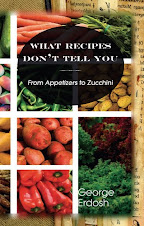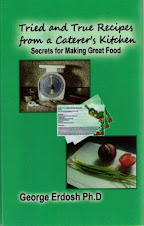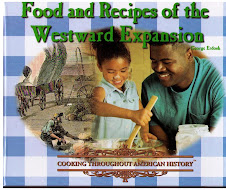Cilantro

Tuesday, August 11, 2015
BREAD--FRESH-BAKED TO PERFECTION
I love good bread like most of you do but even more so. Good
bread and something equally good to go with it would be acceptable to me at three
meals a day. Thankfully very nice bread is available to me since I bake my own,
as I have for several decades. To me, bread baking is therapeutic, enjoyable
and useful kitchen duty. But I do buy good sliced bread at the market for toast
only. I hate to use my own for such lowly purpose as toast.
During the hot summer months I still bake fresh bread but
switch to a small portable convection oven sitting on a garage shelf.
Naturally, I prefer baking indoors in my large oven which can take to loaves at
a time, while in the convection I do one loaf then a second when the first is
done.
I start with a sponge (two cups bread flour, ½ teaspoon
dry yeast and enough warm water to make a soft, sticky dough), cover my bowl
and let the yeast do their work overnight or several days at room temperature.
This sponge is very forgiving, the longer the yeast work it the more tart it
becomes. You can let it sit even a couple of days without harm.
When I am ready to assemble the final bread dough, I add five
more cups of flour, thus a total of seven cups is in the bowl. Of the five
added cups, one to two cups are whole wheat flour—I find that with this much
whole wheat the final bread is not heavy but has a nice hearty flavor. With
seven cups of flour four and half teaspoons of salt is just right. The remaining
ingredients are optional, although I always add two teaspoons of diastatic malt
(the kind used by bakers, not the kind for brewers) that helps yeast work their
magic. I may add three to four tablespoons caraway seeds or fennel seeds or
coarsely cracked black peppercorns or anything else that I want to try for a change.
I do not use sweeteners or oil as many bakers use.
Many, if not most, bread bakers start with a set volume
of liquid to which they add the flour; I prefer a set amount of flour so I can
arrive the exact final weight of bread.
Using an electric mixer with a kneading hook, I slowly
add warm water to the dough until the consistency is just right—not sticky but
not too stiff. I let this dough rise covered until nearly doubled at about 80
degrees (in my oven turning it on for two or three minutes will heat it to the
right proofing temperature).
Punching the dough down, I have options. I can chill this
dough in the refrigerator overnight and bake the bread next morning once it is
shaped, warmed up and risen, or I can shape the dough into loaves, let them
proof covered on cornmeal dusted baking sheets and bake them.
Before the oven, I give three diagonal slashes about half
inch deep on top of the loaves with a serrated knife.
When the bread is baked (30 minutes in 400-degree oven),
I let the loaves cool before I slice them, then double wrap the slices in plastic
freezer bags for storage in the freezer. When retrieving a few slices, they
taste almost like fresh-baked.
Seven cups flour yields 3 lb 3⅓ oz of bread—at fraction of the cost of
store-bought and far fresher.
How much work?
o Preparing
the sponge: 3 minutes
o Preparing
the dough with all ingredients and kneading for 6 minutes: 10 minutes
o Proofing:
no work time
o Shaping
the dough: 4 minutes
o Slicing
the bread and freezing: 4 minutes
Total work: 21 minutes.
Subscribe to:
Post Comments (Atom)




 Stumble It!
Stumble It!











1 comment:
This sounds so delicious. I'm a bread person. Keep your chocolate. Give me bread. Thanks for the good recipe.
Post a Comment